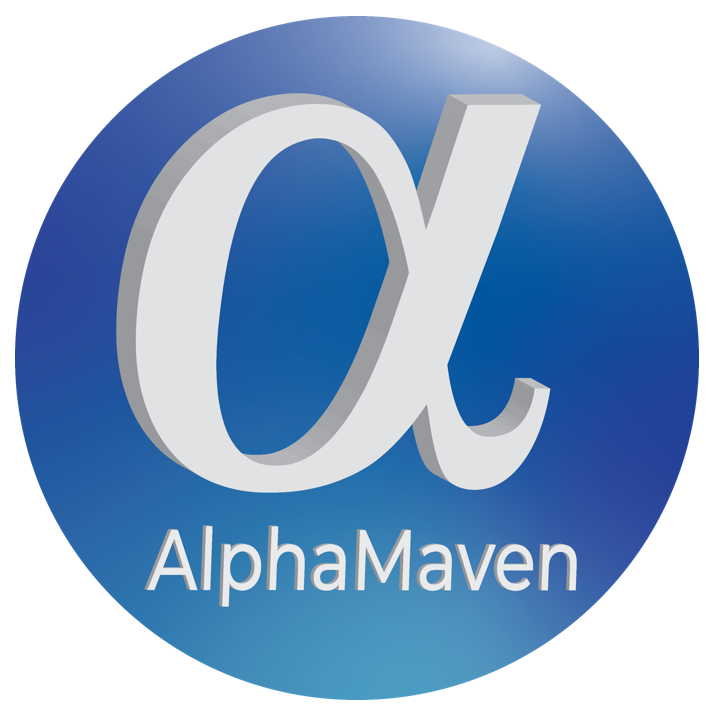Zebra Protocol, The Over-lending Agreement That Helps You Get Five Times The Mining Revenue, Will Soon Be Available

In 2020, the DeFi industry has seen a number of representative products, such as Dex represented by Uni, lending and borrowing represented by Aave and Compound, and yield aggregators represented by YFI. This round of DeFi industry fever has also sparked the enthusiasm of the entire market. In a sense, DeFi lending and borrowing products will be one of the key infrastructures for decentralized financial applications.
At present, the lending and borrowing protocols for well-known DeFi lending and borrowing projects Compound and Aave on the market mainly follow the "collateralized lending and borrowing" rules. In short, a borrower needs to deposit assets as collateral, and the amount of loanable funds is calculated based on the credit value of the borrower's collateral. Almost all loans in DeFi currently require over-collateralization. This means that users who want to borrow funds must provide tokens as collateral, and these tokens are worth more than the loan they actually want.
For example, a user can use $150 worth of digital asset A as collateral to lend $100 worth of digital asset B. This typically occurs when the user is bearish on digital asset B and bullish on digital asset A. The user can make a profit by lending digital asset B and selling it at a higher price, while buying it at a lower price and paying it back.
This model is adopted because both collateral and lending and borrowing assets are subject to price fluctuations, so it is necessary to set aside space for liquidation to hedge against market risks. This is a common model currently employed by lending and borrowing products in the DeFi market, but this has brought an obvious side effect—extremely low efficiency in the use of funds. The person who always borrows money under a lending and borrowing protocol is actually not short of money, which constitutes a kind of trading speculation.
At the same time, one of the pressing problems to be addressed for current lending and borrowing products is that there are many users with market forecasting capabilities who need more available funds and have a strong desire to participate in DeFi mining and earn profits. Flowing assets into the hands of this needy clientele can greatly improve asset utilization.
To address such problem, over-lending/borrowing products have emerged, such as Zebra Protocol, a new decentralized over-lending/borrowing protocol that will be launched soon. To address the pain point facing many users who lack available funds, Zebra can provide up to five times the leverage to help users make more money within a unit of time.
The product offers services in the form of synthetic assets, lending and borrowing, leveraged mining, etc. It provides users with corresponding services around lending and borrowing and leverage on the premise of absolute fairness. A lending and borrowing pool is offered to users with low risk appetite to generate stable returns, while a highly leveraged lending and borrowing product is offered to users with higher risk appetite to amplify the volume of funds, thus gaining higher returns.
Also the majority of the project's profits will be issued to users in the form of governance tokens, leaving merely a small portion of them as risk reserve.
Zebra Lending and Borrowing Protocol has the following features:
l Synthetic assets
Users can mint their own assets into z-Tokens through the platform's synthetic assets. A portion of the pledged assets will serve as a source of borrowing currencies for leveraged mining users to gain returns on deposit currencies, and users can redeem their z-Token holdings at any time and turn them into the assets before synthesis.
l Non-destructive pledge mining
Users can pledge and lock their synthetic assets (z-Tokens) to earn Staking income (issued in the form of platform tokens).
l Platform token liquidity mining
The platform token ZBT initiates the liquidity mining mode, in which users can provide ZBT/HT,ZBT/zUSDT liquidity at designated DEX and pledge the liquid LP to the platform to generate ZBT income.
l Liquidity leveraged mining
The platform will provide LP mining pools, such as HT/USDT、HT/HUSD、ETH/USDT and MDX/USDT , for users to choose from. Users can invest in one of the LP token pairs and borrow the platform assets to balance LP for liquidity mining.
l Boardroom
20% of the depositor's synthetic pool interest will be used as platform revenue, 10% of the interest tax will be used to repurchase ZBT back to the user, and the user will receive a dividend based on the percentage of the total amount of ZBT pledged to Boardroom.
The bonus is paid on a daily basis, with the next cycle opening at 0:00 (SGT) every day. Users who pledge for less than one cycle cannot receive any bonus.
Platform token economic model
Zebra Protocol's platform token is ZBT, which will serve as the core application token for the entire protocol product, providing the liquidity and bonus issue required by the protocol, and which will also be used for DAO voting. By holding ZBTs, users can participate in platform token liquidity mining, etc., which can bind the platform's dividends for long-term development.
The total number of ZBTs issued is 100,000,000, most of which are mined out through user participation, with the allocation ratio below:
Team: 10%
Airdrop: 0.8%
IDO:0.2%
Investor: 8%
Market operations: 5%
Mining reserve: 65%
Boardroom: 1
Risk reserve: 10%
ZBT Repurchase Program
In order to give long-term value backing to the platform coin ZBT, the Zebra platform has designed a series of ZBT repurchase programs, consisting of the following.
l A portion of the platform's daily interest tax revenue will be used to buy back platform coins for boardroom reward distribution.
l The platform will open the occasional repurchase plan of platform coins after the product is stabilized, and use the platform revenue to repurchase ZBT or even destroy it. Used for the value support of ZBT.
How users participate in Zebra and make profits?
Users with low risk appetite can participate in non-destructive pledge mining to earn profits. Users can mint their own assets into platform z-Tokens through the platform's synthetic assets. When a certain percentage of the assets in the synthetic asset pool are lent, the interest (deposit currencies) on the lent assets will be issued to the synthetic asset users based on the pledge volume and time. At the same time, users can pledge and lock their own synthetic assets (z-Tokens) to obtain Staking income, which is paid out in the form of platform tokens. The user's income in this process is the interest (deposit currencies) on the lent assets and the returns on platform tokens gained by the pledge and locking.
Users who have market forecasting capabilities and wish to gain high returns can participate in leveraged mining. Currently, four trading pairs, namely HT/USDT、HT/HUSD、ETH/USDT、MDX/USDT, are allowed for leveraged liquidity mining. When a user holds asset A (valued at n), he can lend another asset B (valued at 4n) to form a LP for five times leveraged mining to gain higher returns within a unit of time.
As one of the cornerstones of the DeFi world, lending and borrowing products have supported this rapidly developing decentralized financial market. But there are still many user needs waiting to be met by innovative products. The launch of Zebra Protocol is a great solution to the pain point currently existing in the DeFi lending and borrowing products. Users have more possibilities to participate in this market, and we also look forward to seeing what changes Zebra will bring to the market next.
Contact Us
Twitter : https://twitter.com/Zebra2021_
Telegram : t.me/Zebra_family
